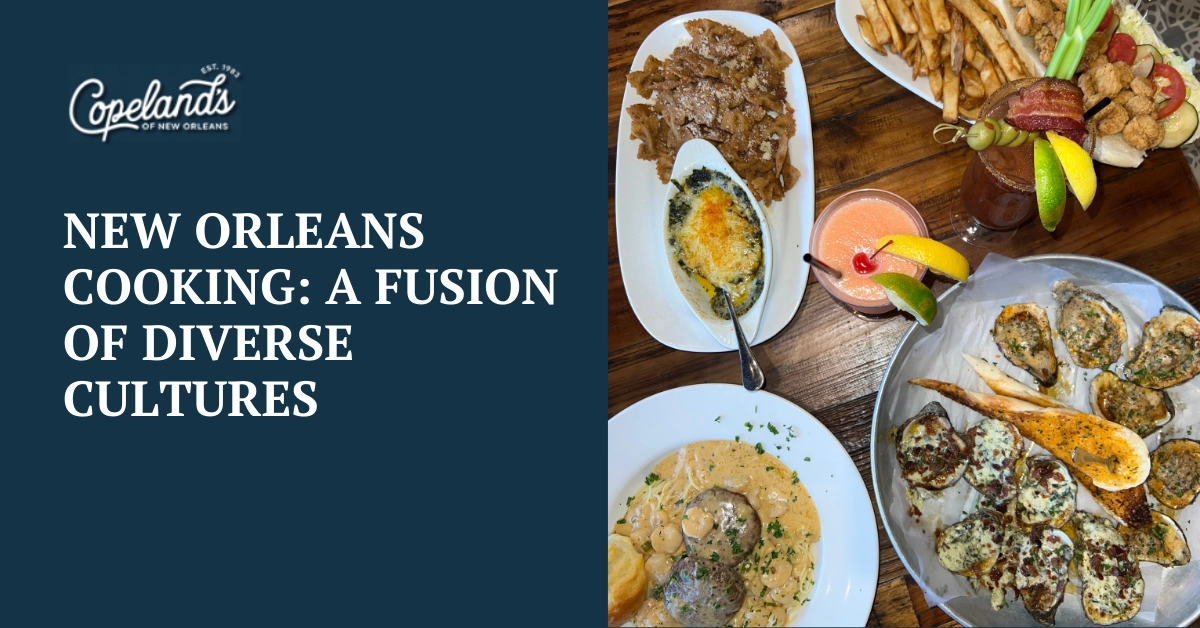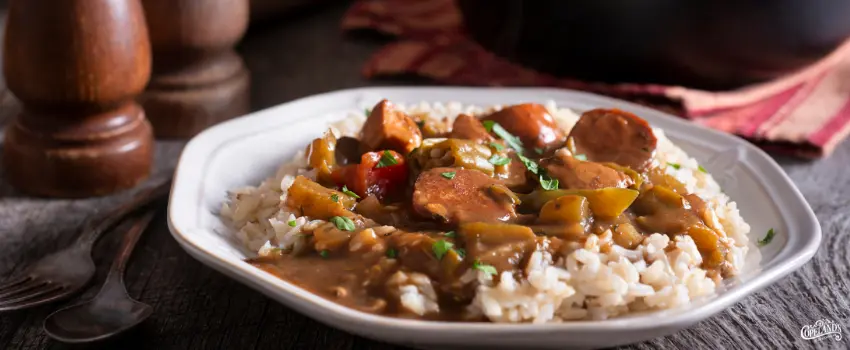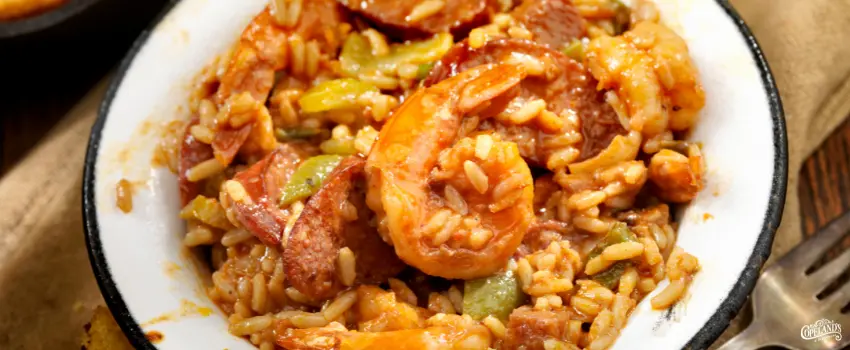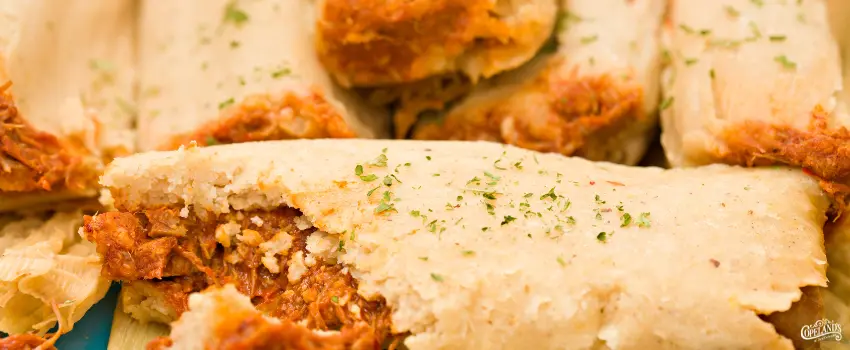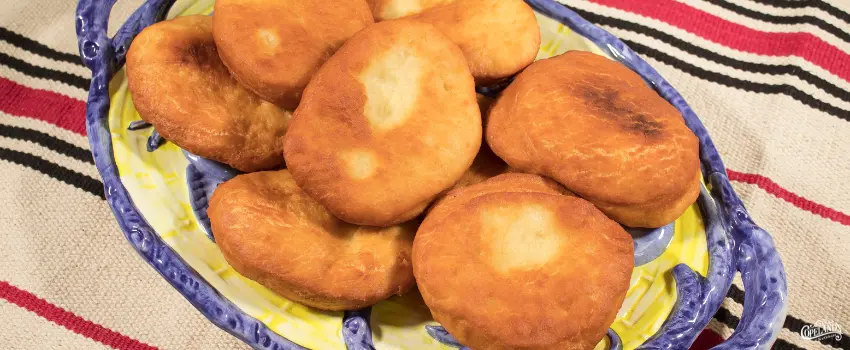New Orleans has a unique cuisine shaped by diverse influences worldwide. In particular, African, Native American, and European culinary traditions have played a significant role in the development of New Orleans cooking.
The melting pot of diverse cultures has contributed to the city’s culinary landscape. From fine dining restaurants to street food vendors, numerous dining experiences cater to every budget and taste. Today, New Orleans cuisine remains a distinctive fusion of diverse culinary traditions with innovations and flavor combinations.
In this blog, you’ll learn about New Orleans dishes’ fascinating history and culture, specifically the African, Native American, and European influences. You’ll also know more about the different ingredients, techniques, and flavors that have helped to shape this one-of-a-kind food culture. Whether you’re a food lover or simply curious about the city’s rich culinary heritage, you’ll gain a deeper appreciation of the city’s remarkable culinary heritage.
New Orleans Dishes with African Influence
The African influence on New Orleans cooking traces back to the city’s history as a hub for the transatlantic slave trade. Enslaved Africans brought with them the tradition of using spices and herbs and techniques such as stewing and slow cooking. Here is some iconic New Orleans food that showcases African influence:
1. Gumbo
One of the most famous New Orleans dishes with African influence is gumbo. This hearty stew typically includes a combination of ingredients, such as meat or seafood, vegetables, and a thickener made from flour and oil called a roux. Gumbo is often seasoned with a blend of herbs and spices, introduced to the region brought by enslaved West Africans.
The dish has evolved, with different variations and interpretations throughout the city. Some gumbos feature Andouille sausage, a spicy sausage with French and African origins, while others incorporate okra, a vegetable with African roots. Gumbo is a staple of the city’s cuisine and is often served during Mardi Gras and other festive occasions.
2. Jambalaya
Another popular New Orleans dish with African roots is jambalaya. This one-pot meal typically consists of meat or seafood, vegetables, and rice cooked with various seasonings. It originates from the West African dish jollof rice, brought by enslaved Africans to Louisiana.
Jambalaya has had many variations and adaptations developed over the years. Some versions of jambalaya include chicken, sausage, and shrimp, while others feature pork or a combination of meats. The vegetables in jambalaya can also vary, but common options include onion, celery, and bell pepper.
3. Red Beans and Rice
Red beans and rice is a classic Creole dish with red beans, vegetables, and often leftover ham or sausage. It is typically served over a bed of white rice and seasoned with a blend of spices.
The dish’s long history dates back to the city’s early days. It was a popular dish among the working-class Creole community. Today, red beans and rice is on menus throughout the city, from casual eateries to upscale restaurants.
New Orleans Dishes with Native American Influence
A significant influence in New Orleans’ cuisine history is the Native American tribes that inhabited the area for thousands of years. Here are two New Orleans dishes with Native American influence that are still beloved today.
1. Tamales
Although tamales are often associated with Mexican cuisine, they are also a traditional Native American food. However, the tamales in New Orleans have a unique twist compared to the Mexican tamales. They are typically made with cornmeal dough instead of the traditional masa dough. This difference in the dough gives the tamales a distinct texture and flavor that sets them apart from other varieties.
In New Orleans, tamales are famous street food often sold by vendors. They are on the menus of many local restaurants and are often served as an appetizer or as part of a larger meal.
2. Fry Bread
Fry bread holds deep cultural significance for many Native American tribes. The dish was born from the struggle to survive forced relocation and food rationing. With these limited ingredients, they created fry bread to create a filling and versatile food to sustain families through difficult times.
It has become a food staple not only among Native American communities but also among the people in New Orleans. The dish is often served with toppings like chili or powdered sugar.
New Orleans Dishes with European Influence
One of the defining characteristics of New Orleans cooking is its European influence. Here are local dishes shaped by European culinary traditions:
1. Beignets
Beignets are a classic New Orleans pastry that has French influence. They are deep-fried doughnuts that are light and airy, with a crispy exterior and a soft, chewy interior. Made with flour, eggs, sugar, and milk, it is often flavored with vanilla or nutmeg. The dough is then cut into squares or circles, deep-fried, and generously dusted with powdered sugar.
These pastries are a quintessential part of the city’s food culture. Usually eaten as a breakfast treat or as a dessert, they are a favorite of locals and visitors alike. Beignets are especially popular during Mardi Gras season when locals and visitors enjoy them with coffee or hot chocolate.
2. Muffuletta Sandwich
While the Muffuletta has its roots in Italian cuisine, it also reflects the city’s French influence. The French influence is in the olive salad that tops the sandwich, reminiscent of the classic French condiment, tapenade. It is a testament to the culinary traditions that make up the food in New Orleans, with bold flavors and unique ingredients.
The sandwich consists of a round, crusty bread loaf filled with layers of sliced ham, salami, and provolone cheese. It is then topped with a tangy olive salad made with olives, celery, garlic, and other vegetables. The bread is typically made with sesame seeds on top and has a slightly chewy texture that pairs perfectly with the salty, savory fillings.
3. Crawfish Étouffée
Crawfish Étouffée is a dish with French and Cajun influences. Étouffée, which means “smothered” in French, is a technique used to cook meat or seafood in a thick, flavorful sauce. Its sauce includes roux, onions, celery, bell pepper, and garlic.
The dish is made by smothering crawfish tails in a roux-based sauce and serving it over rice. It has a spicy, smoky flavor, seasoned with a blend of spices, including paprika, cayenne pepper, and thyme. Crawfish Étouffée has green onions and parsley as garnishes and is served with French bread to sop up the delicious sauce.
Key Takeaway
New Orleans has an eclectic mix of influences that resulted in a cuisine unlike any other. The combination of flavors and techniques from different cultures has created a culinary melting pot that is truly unmatched. Its food scene reflects its long and complex history, particularly shaped by Africans, Native Americans, and Europeans. Whether you are a local or a visitor, exploring The Big Easy’s vibrant food scene is an experience you can’t miss.
Experience the different influences in New Orleans cuisine with Copelands of New Orleans.
As a local favorite since 2001, Copelands of New Orleans has served authentic New Orleans cooking that showcases the city’s many culinary influences. Our expert chefs use the freshest ingredients and traditional techniques to create dishes bursting with flavor and authenticity. We invite you to host your private event at our restaurant or simply join us for a delicious meal.

